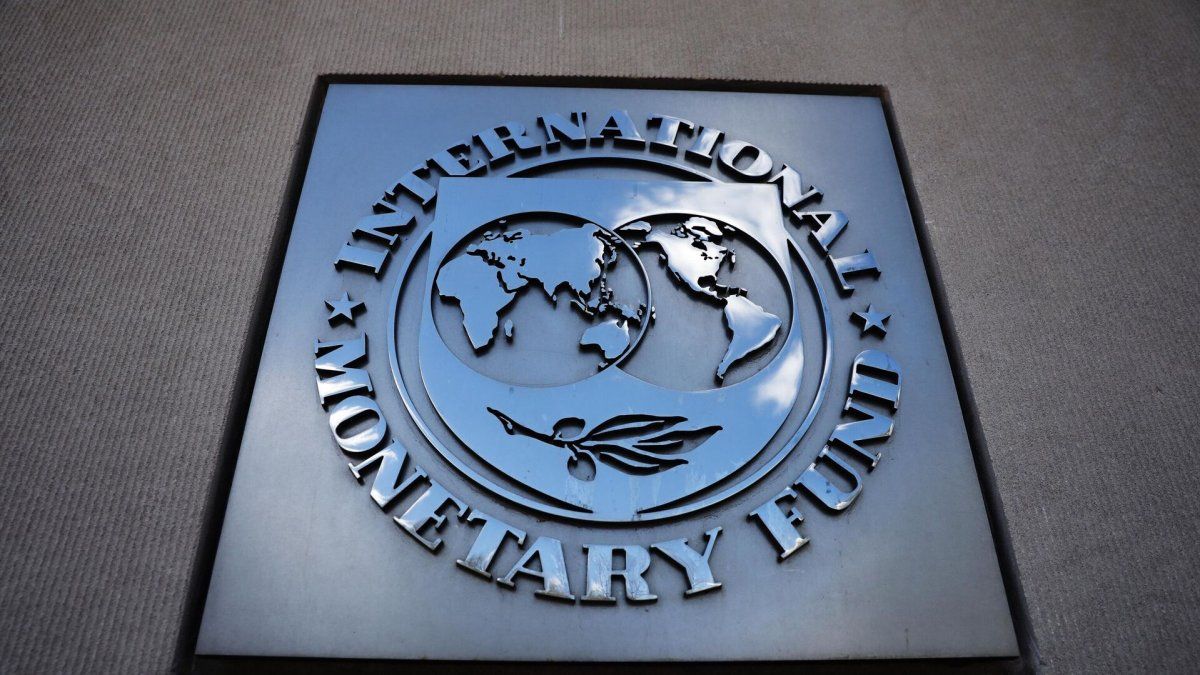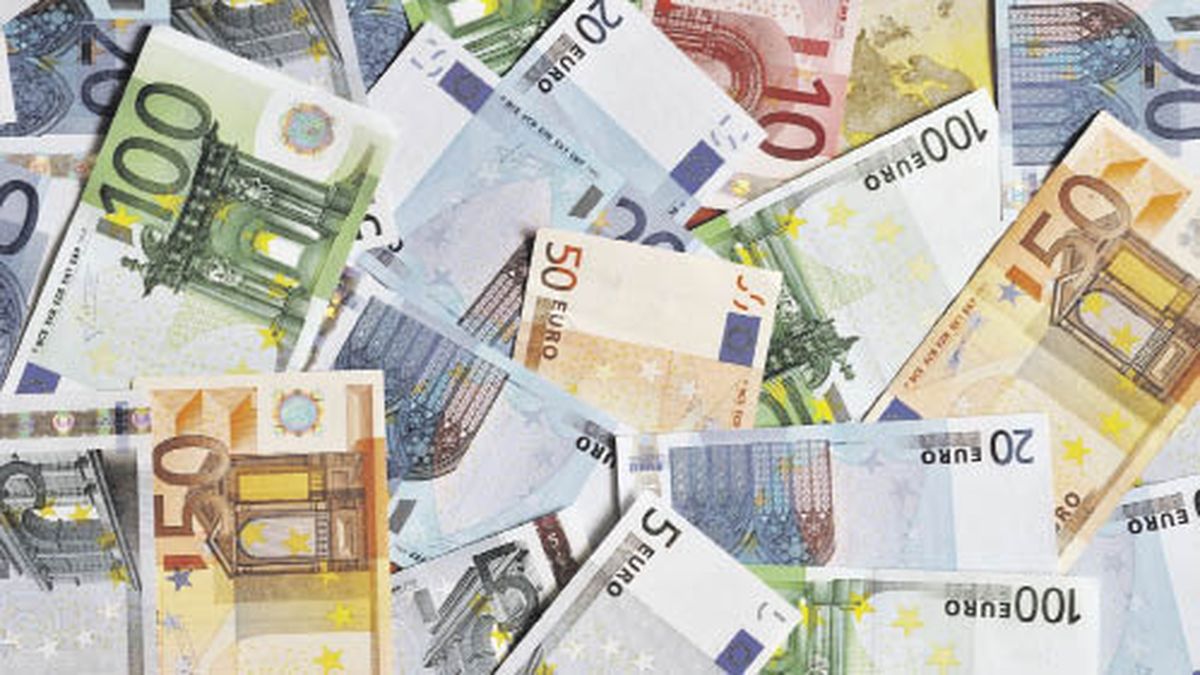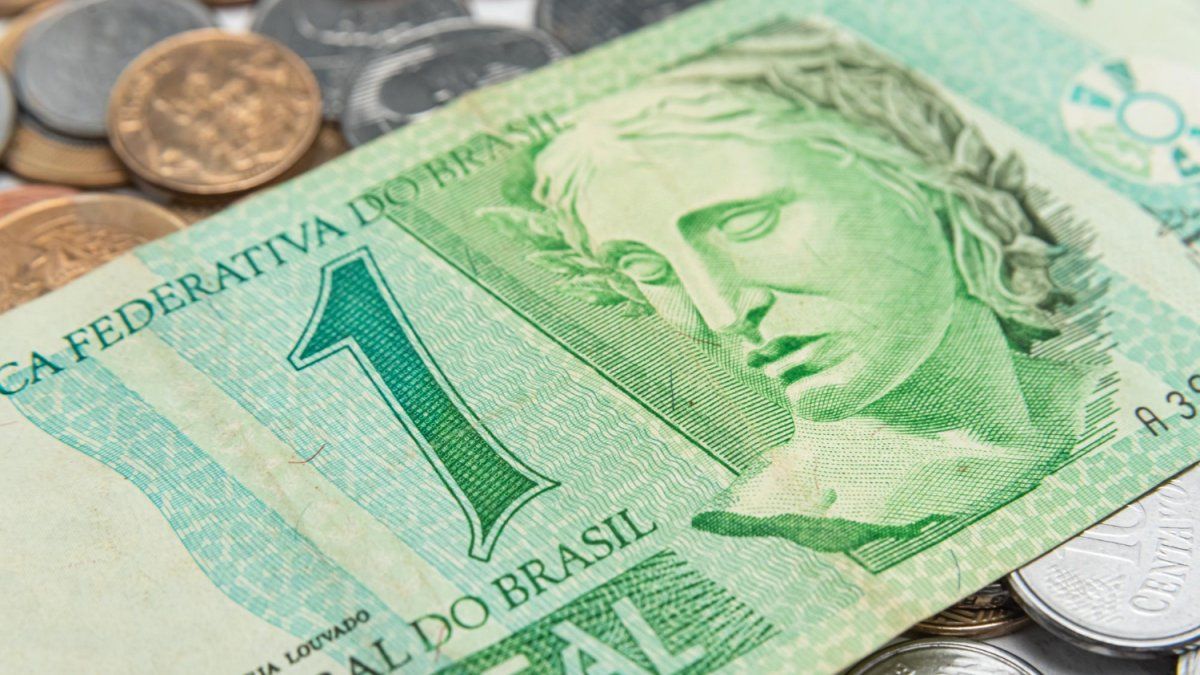The unprecedented deal required the IMF to change its policies. It is subject to the approval of the Board of Executive Directors and is expected to be considered in the coming weeks.
The technical staff of the International Monetary Fund (IMF) and the Ukrainian government agreed this Friday access to a US$15.6 billion aid package (11.6 billion SDR). This represents final approval for the institution’s first loan to a nation at war and includes an agreement on macroeconomic and financial policies supported for a new Fund Extended Service Agreement (EFF).
The content you want to access is exclusive to subscribers.
The unprecedented agreement which required that the IMF will change its policieswill aim to support “fiscal, external, financial and price stability, and support the ongoing gradual economic recovery, while promotes long-term growth in the context of post-war reconstruction and the path of Ukraine towards EU membership”.

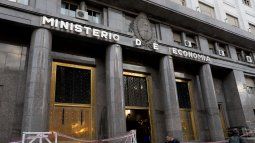
“The IMF team has reached a staff-level agreement with the Ukrainian authorities on a four-year IMF-supported program, with a requested access of SDR 11.6 billion (about $15.6 billion), or 577% of Ukraine’s quota. This agreement is subject to IMF Executive Board approval, and is expected to be considered by the Board in the coming weeks“, he pointed Gavin Grayhead of the IMF mission in Ukraine, in an official statement.
Zelensky Biden.jpg

According to the agency’s calculations, Since the Russian invasion of Ukraine, the country’s activity contracted by 30% in 2022HE destroyed a large part of the capital stock and the poverty levels increasedno. While they said a gradual economic recovery is to be expected in the coming quarters, as activity recovers from severe damage to critical infrastructure, there is still a risk of a further escalation of the conflictso whate The IMF sees “real GDP growth for 2023 ranging from -3 to +1 percent.”
“In view of the exceptionally high uncertainty, the requested IMF-supported program envisages a two-phase approach”, Gray advanced. The first phase is planned for the first 12 to 18 months of the program, and will be based on: increased tax revenue; the elimination of monetary financing and the search for positive net financing from domestic debt markets; and a deeper assessment of the health of the banking sector and the continuation of the promotion of independence from the central bank. “Further measures that could erode tax revenues will be avoided. The authorities are also committed to ongoing reforms to strengthen governance and anti-corruption frameworks.even through legislative changes,” the agency detailed.
The second phase “would shift the focus towards more expansive reforms to strengthen macroeconomic stability,” said Gray. At this stage the country will be sought to return to a flexible exchange rate and a regimen of inflation targetingin addition to the implementation of a national revenue strategystrengthening public financial management and the introduction of public investment management reforms to support post-war reconstruction.
imf .jpg
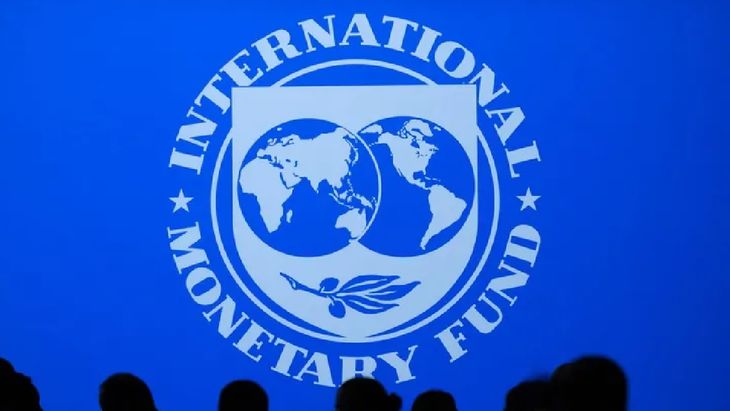
Its about largest loan to Ukraine since Russia invaded the country in February 2022 and it was approved the same day that the Fund will discuss the review of the program with Argentinawhich could mean a disbursement of US$ 5,300 million for the country.
A group of Ukraine creditors supported the unprecedented deal, which required the IMF to change its lending rules, with guarantees that they would extend the debt suspension for the duration of the program. creditors (Canada, France, Germany, Japan, United Kingdom and United States) urged other bilateral and private lenders to help restore Ukraine’s debt sustainabilitya, whose economy has shrunk by about a third after last year’s invasion of Russia.
The Ukrainian government targeted at least $38 billion from foreign donorss this year to close the fiscal gap, with a deficit amounting to about $3 billion a month. The Ministry of Finance of Ukraine planned to receive $28 billion in grants and loans from the United States and the European Unionand the rest would come from bilateral loans from other states and the IMF.
Source: Ambito

